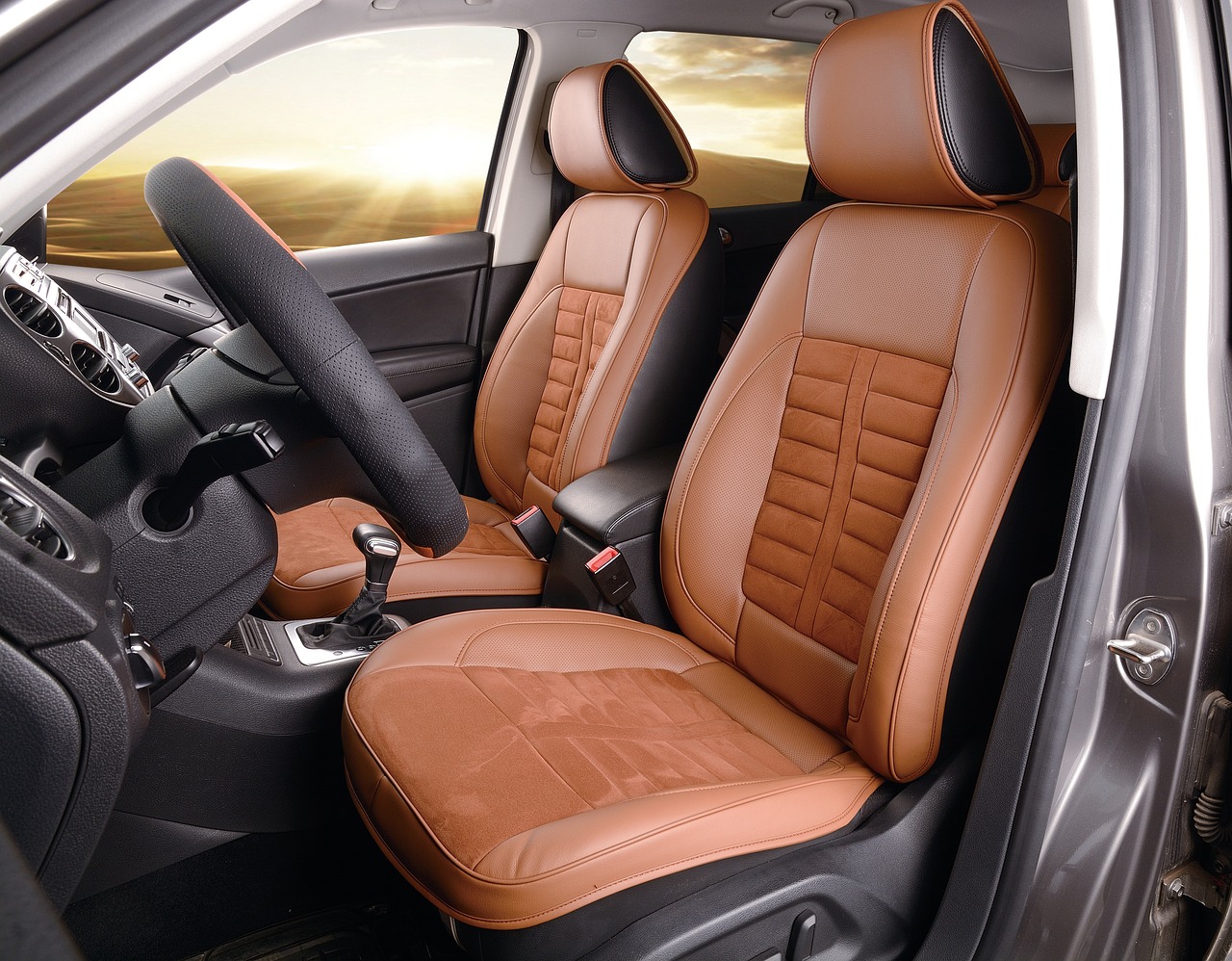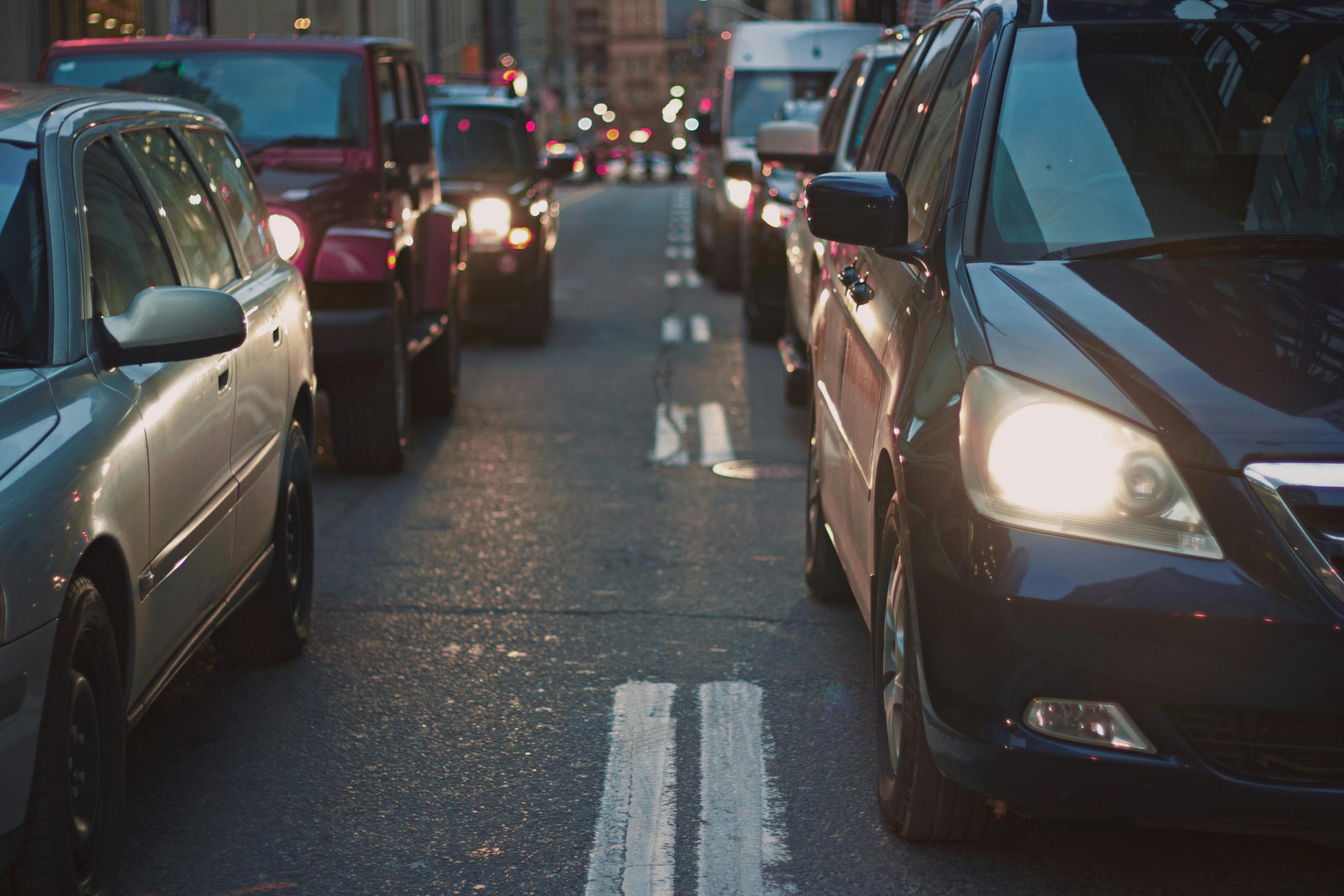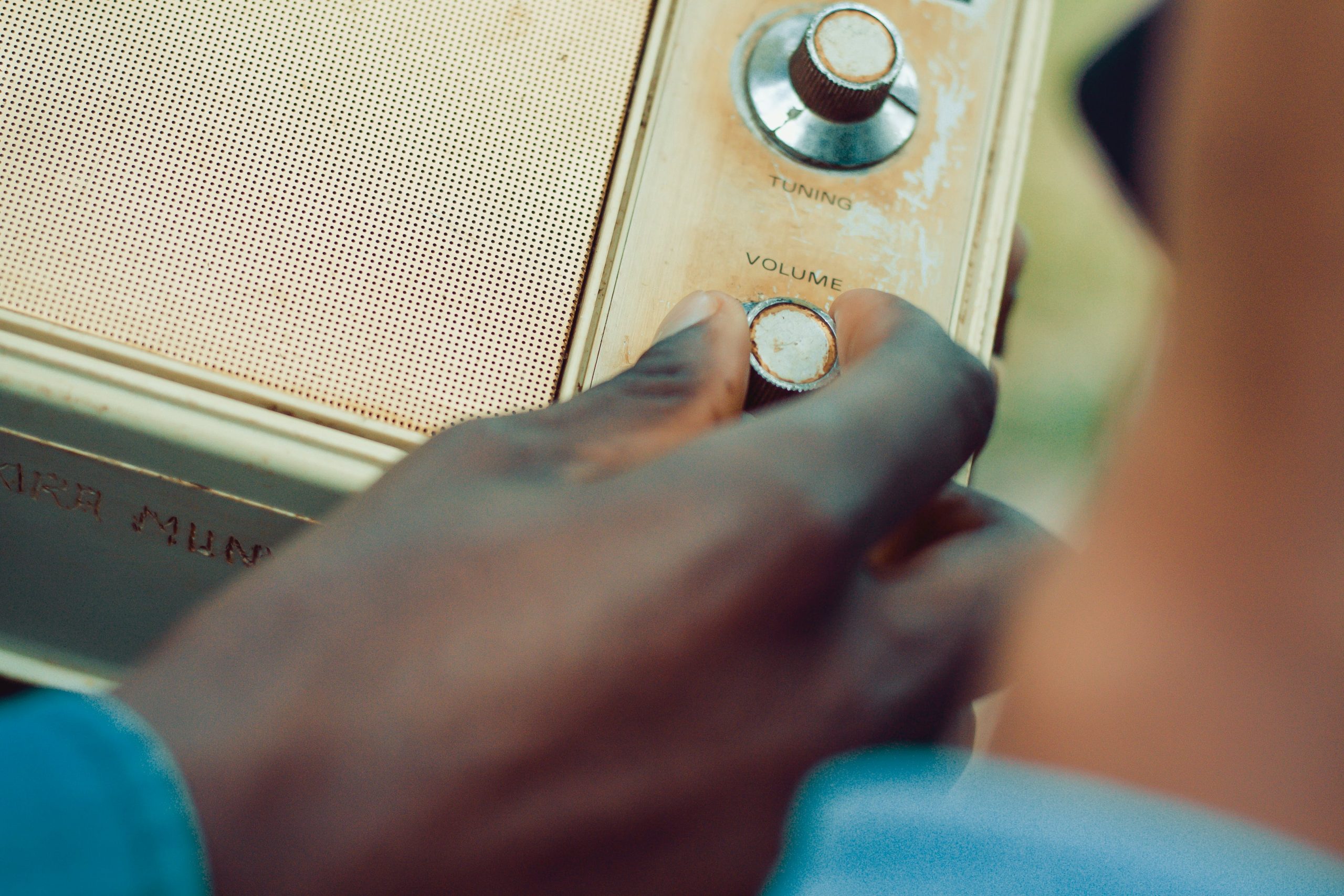If you’re taking driving lessons and approaching your test, you’ve probably heard your driving instructor, your family and recently passed friends continuously tell you how the real test starts when you pass and get on the roads independently. Gone are the days where you have the reassurance of your instructor’s dual controls, it’s all down to you now, which although sounds daunting, doesn’t have to be a worry. What a lot of newly passed drivers forget is, if they were not a good driver and couldn’t be trusted behind the wheel alone, they wouldn’t have passed. Examiners have strict guidelines they must stick to and can only give you your eagerly awaited pink licence if you meet all of the safety requirements.
Think of driving alone for the first time as an exciting thought rather than intimidating, enjoy your freshly gained freedom. To give you a starting point, here are some top tips to help you on your first journey!
6 Tips For Driving Alone For The First Time
So, you’ve passed your test, invested in your first car and arranged all of the important, although kind of tedious, legal documentation required to get on the roads such as insurance and tax. Now it’s time to take a leap into the unknown and drive alone for the first time without your instructor beside you, where do you start? Here we’ll run through the following handy top tips.
1. Get Comfortable

First things first, sit in your car stationary and make yourself comfortable. It’s more than likely you’re going to use your new licence to your advantage and drive just about anywhere you have the opportunity to, so comfort is key. Both your seat positioning and mirrors will need to be altered to suit you, every driver is of different heights and builds, so this may take a little experimentation to find what suits you best.
Interior and exterior mirrors need to be angled to allow you to see as much of your surroundings as possible. Unfortunately, as you would have been taught during lessons, there are a few blind spots here and there that are simply unavoidable. If this proves a worry, there are additional investments such as blind spot mirrors that will solve the problem for you. The interior mirror must be angled, so it allows you to see the whole scene in your rear window. Both exterior side mirrors must be positioned, so you are only able to see a small percentage of the side of your car. The horizon, which is the point at which the road disappears into the distance should be at the centre of your side mirrors.
Adjusting your seat may take a few attempts, so aim to do this with the engine off because you want to test pressing down each pedal one by one in different seating positions. Sit up straight and move your seat forward and backwards until you can comfortably push pedals to the ground without having to move your body, just through bending and extending your legs. Your heal should always be on the floor, and only the ball of your feet used to press pedals.
2. P-Plates

Don’t be afraid to make it clear that you have just passed your test, especially if it is your first journey alone. Although there are no legal obligations to display a P Plate once you’ve passed, it does give you a little more leeway with other drivers, it will also take the pressure off and put you at ease. Displaying a P Plate basically says to other drivers, look I’ve just passed, I’m not as experienced on the roads so please be patient if I make a mistake. Drivers will be more understanding, they will know the reason behind slight errors and are less likely to lose their temper.
The great thing about P Plates is that you can keep them on your car for as long as you feel as if they are needed until you gain more confidence. You also are not limited to only displaying P Plates as soon as you’ve passed, if you get a few weeks in and your nerves are not calming down, you can choose to start displaying them further down the line.
3. Don’t take your friends out straight away

As tempting as it is to pick up all of your friends and go on a road trip the moment you pass, we hate to break it to you, but it may not be the most sensible idea. Having your friends as your first passengers on your first journey alone will put a lot of pressure on you, as the driver, to avoid any mistakes. Especially if you are the first member of your friendship group to pass, you may feel as if you need to prove yourself and show off your skills.
Instead, take it upon yourself to jump in the car and go for a small journey alone. Most new drivers go around the block a few times or practice in a carpark or quiet industrial estate before embarking on their first trip on busy main roads. Particularly if you know you will need to drive to school, college or work in the morning, spend an hour or so the evening before slowly navigating yourself around your estate to get used to your car.
4. Pick off-peak times

If you are going to take your car for a test drive independently before your first journey as mentioned in our previous point, opt for off-peak times. Driving during rush hour will require heavy stopping and starting meaning that accurate clutch control is vital. Unless your first car is of the same make and model as the vehicle you took lessons in, the bite point is likely to be slightly different meaning there will be the constant worry of stalling. Spending time familiarising yourself with your new car during quieter hours will mean that if you do stall, which there is absolutely nothing wrong with, then there will be no rush to resolve the situation. You can take a moment to get your thoughts together, assess the situation and get the engine started again without any other road users around you.
5. Avoid all distractions

Everyone looks forward to passing and being able to drive blaring their favourite songs and taking a visit to the McDonald’s drive-through. Although nothing is stopping you doing this, it’s recommended to leave both until you feel a little more comfortable behind the wheel.
When you step into a car you’re unfamiliar with, one of the best ways to judge the correct bite point, along with when to change gears, is through sound. You can often hear a juddering-type noise when the clutch is too high, and when it comes to the need to change up gears, the engine will become louder. Loud music will mask all of these super helpful tell-tale signs, which will work towards your advantage as a new driver. When you do start to feel more comfortable as a driver and begin to listen to music, use a hands-free device, invest in a mobile phone holder and remember the laws regarding using the phone while driving, even if it is just to skip songs. If you are caught using your phone while driving, you will be faced with a hefty 6 points on your licence, which as a driver in your first year, is enough to lose your licence.
Although there are not necessarily any laws regarding eating or drinking while driving, you can still face the consequences if it affects your driving. If, for example, you do take a trip to McDonald’s and decide to take a sip of your drink or steal a few chips from the bag while driving, then this causes you to swerve, you can be pulled over by the police. Swerving is classed as bad lane discipline which comes under the careless driving category.
6. Don’t let others intimidate you

Lastly, and most importantly, don’t let other drivers intimidate you. There is always going to be that one over-confident driver that thinks they own the road, and will try to tailgate you and threaten you into either driving faster or cutting out at a roundabout or junction. The best piece of advice is, ignore them. Let them do their thing, you are sticking to the rules and remaining a safe driver, they just need to deal with it, and if they really do have a problem, they can overtake you. There is a 99% chance you will never see that driver again, so don’t let them anger or intimidate you.
Conclusion
Being a safe and confident driver is all about feeling comfortable behind the wheel, which will always come with practice. Tackling the roads for the first time alone is, inevitably, going to be a little daunting, but there is absolutely no need to panic.
